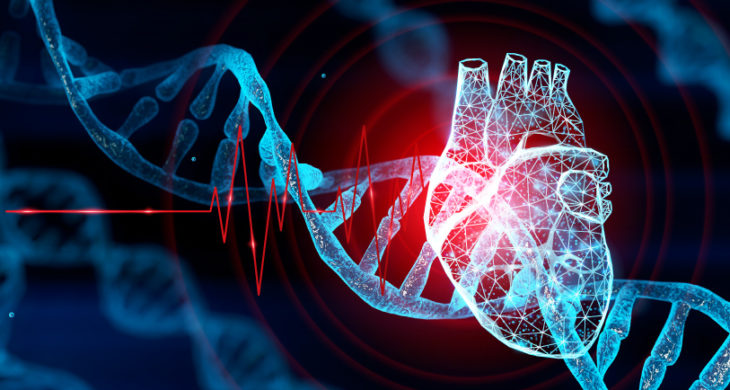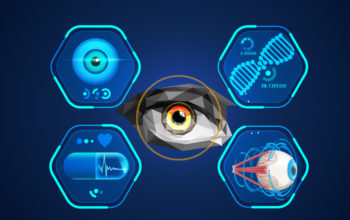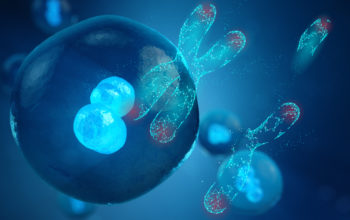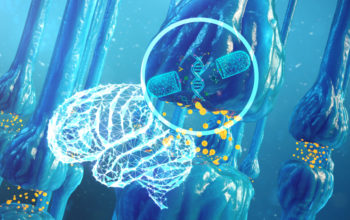
Date: 11th January 2022

Heart disease has remained the leading cause of death at the global level for the last 20 years. The best current treatment for heart failure is a transplant, but a severe lack of human organs is a massive hinderance to this being a widespread, singular option, meaning there is an urgent clinical need for alternative solutions. Now, in a first-of-its-kind transplantation a genetically modified porcine heart has been successfully transplanted into a man with end-stage heart disease.
It is estimated that around 50,000 people globally require a heart transplant and only ~10% of the lucky ones will receive the potentially lifesaving organ they require. Furthermore, patients may find themselves ineligible for a conventional heart transplant meaning very few treatment options remain open to them.
Now, a breakthrough, historic surgery performed at the University of Maryland Medical Center, US, led by Bartley Griffith, MD, and Muhammad Mohiuddin, MD, has shown successful transplantation of a pig heart modified to minimise immune rejection into an 57 year old man with heart disease.
Xenotransplantation is any procedure that involves the transplantation, implantation or infusion into a human recipient of either (i) live cells, tissues, or organs from a nonhuman animal source, or (ii) human body fluids, cells, tissues or organs that have had ex vivo contact with live nonhuman animal cells, tissues or organs. The development of xenotransplantation has, in part, been driven by the fact that the demand for human organs far exceeds the supply, and were first tried in the 1980s. However, results have been mixed and immune rejection is a major limitation to their use thus they have been largely abandoned. One success story though has been the use of pig replacement valves which are regularly used in the human heart. Pig hearts have many physiologic similarities to human and nonhuman primates hearts, and are thought be one of the most compatible to cross species into humans.
The heart, called UHeart™, was developed by Revivicor, Inc., a regenerative medicine company based in Blacksburg, US, in which 10 unique gene edits were made in the donor pig. Three genes were knocked out – genes responsible for rapid antibody-mediated rejection of pig organs by humans. Six human genes were inserted into the genome of the pigs – genes responsible for immune acceptance, and a final gene was knocked out to prevent excessive growth of the pig heart tissue. The team also used a new drug along with conventional anti-rejection drugs, designed to suppress the immune system thereby preventing rejection of the xenotransplant. The new drug used was an experimental compound made by Kiniksa Pharmaceuticals.
The patient, 57 year old David Bennett, had end-stage heart disease and had been deemed ineligible for a traditional transplant, in his words “It was either die or do this transplant”. The U.S. Food and Drug Administration granted emergency authorisation for the surgery on New Year’s Eve through its expanded access (compassionate use) provision – an option available for an experimental medical product for a patient faced with a serious or life-threatening medical condition. The authorisation to proceed was granted in the hope of saving the patient’s life.
This organ transplant demonstrated for the first time that a genetically-modified animal heart can function like a human heart without immediate rejection by the body – a world’s first-of-its-kind surgery. Three days after surgery the heart was performing well, but Bennett will be closely monitored in the coming days and weeks.
It is likely the world will also be keeping a close eye on the outcome. A successful xenotransplantation of a genetically engineered organ is a historic and monumental step forward in finding a viable solution to the organ crisis. The successful procedure will provided valuable information to help the medical and research community improve this potentially life-saving method in future patients.
The work here will add to the ongoing works of scientists around the world who are trying to overcome this organ shortage by seeking alternative treatments and therapies. One recent promising breakthrough was the development of artificial paediatric heart valves, from a hybrid of tissue engineering and regenerative medicine, that created a tri-tube heart valve that can grow with the patient. Others are investigating biomimetic hydrogels that mimic natural elastin, and have also been shown to lead to functional recovery of ejection fraction after myocardial infarction. Cell-free therapies such as exosomes can induce cardiac regeneration, whilst base editing therapies to treat coronary disease may also provide an alternative treatment in the future. Researchers are also exploring gene therapy to knock down a signalling pathway that represses cardiomyocyte proliferation and renewal, showing it can improve heart function and myocardial regeneration after infarction.
The work here however, may address the need of the many patients who have no other options, for those that desperately need an organ transplant but are not suitable or where appropriate organs are not available for conventional transplants, and where currently end-of-life care is the only option.
For more information please see the press release at University of Maryland School of Medicine


